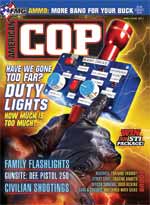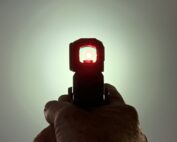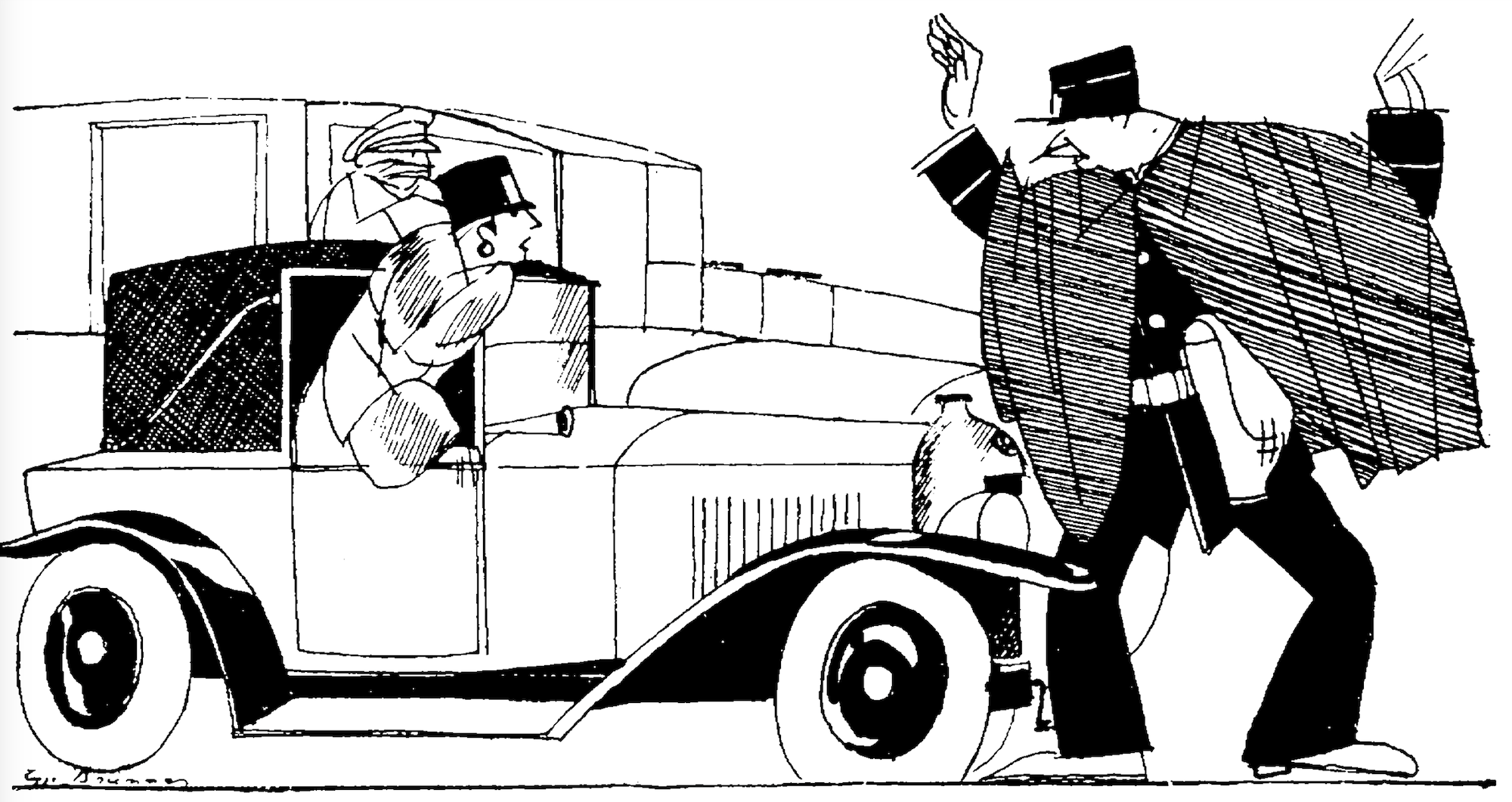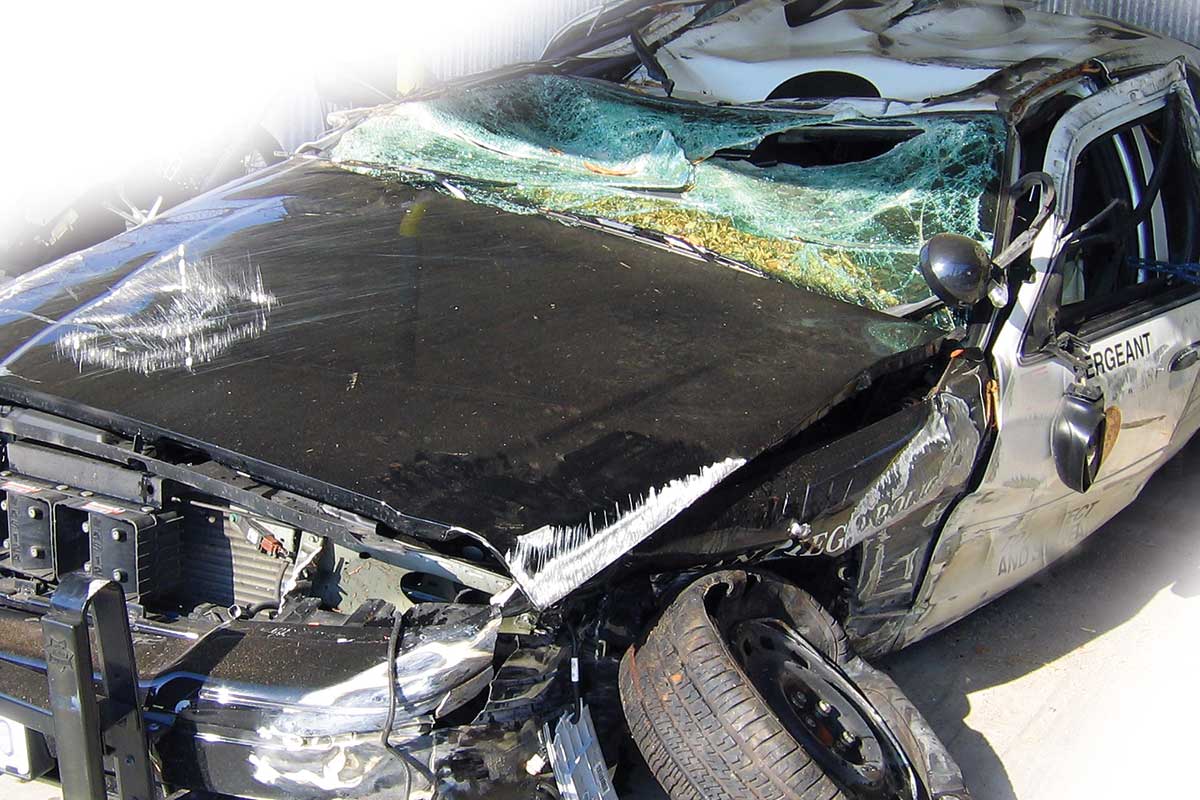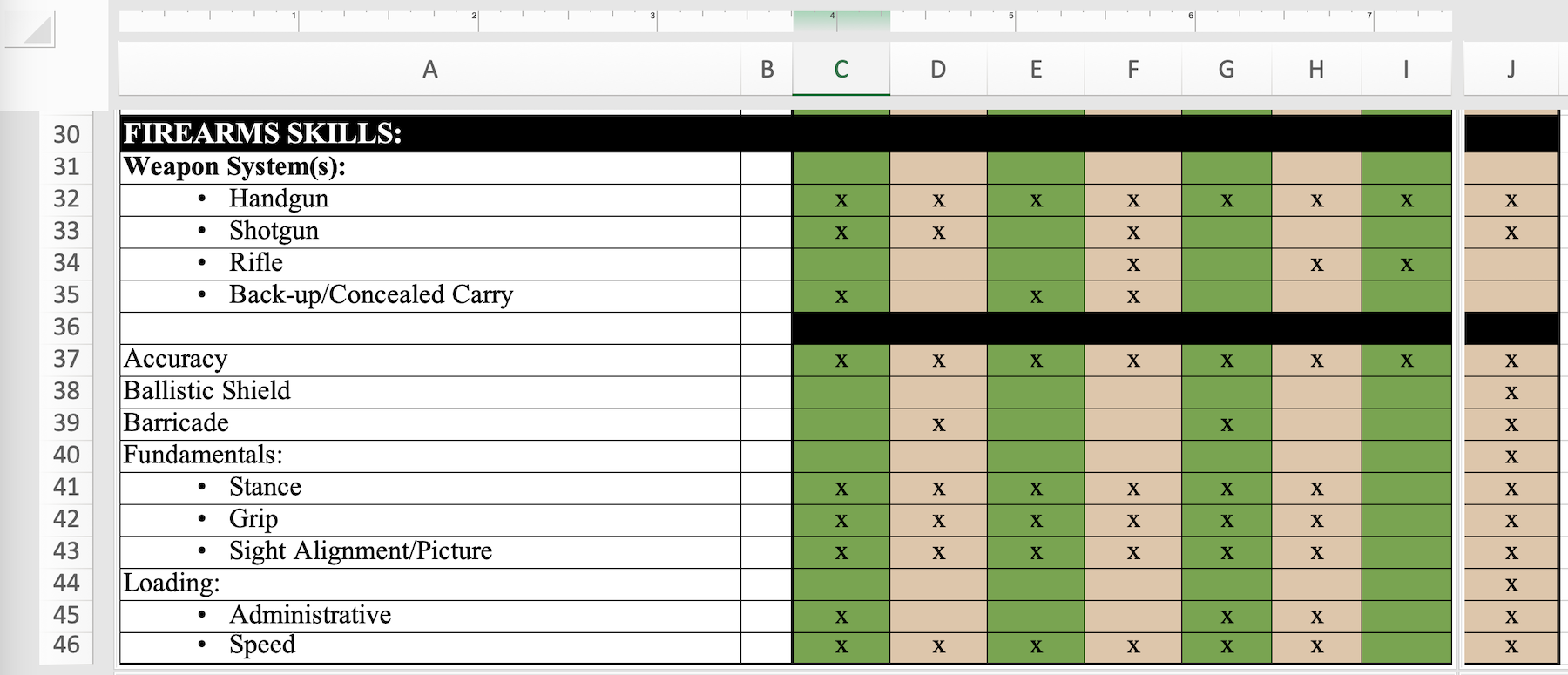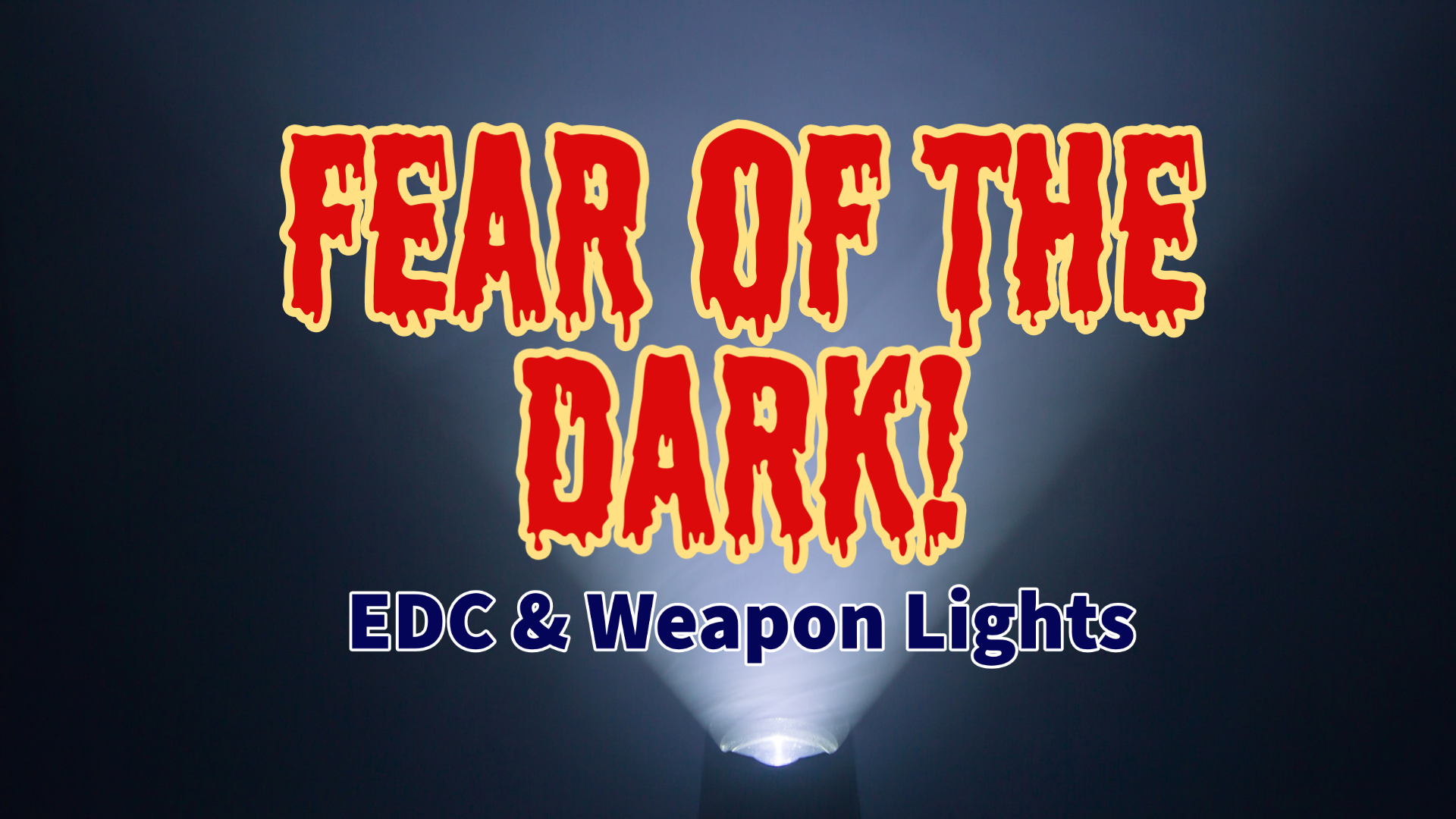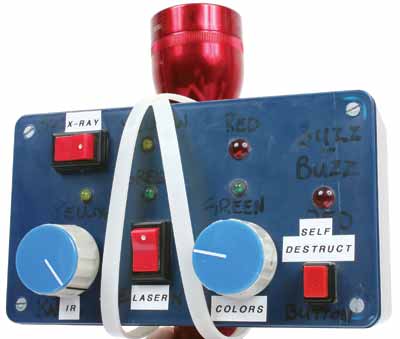
vantagemj
In our Helter-Skelter quest to have all-things-cop be faster, brighter, more powerful and — let’s not forget — cooler, have we ended up making life more complicated? I’d have to say, “yes” — in some ways. We’ve focused on flashlights in this issue, and while I’m not a big fan of most multi-function flashlights — you might be. Personally, I just want the damn thing to turn on and off.
I’ve never had a need to send an SOS message; can’t recall once when I would have used a colored light to track a blood trail, and a strobe function can be just as distracting to me as to a bad guy. Imagine trying to shoot your gun in a disco straight out of 1978 — getting past the atrocious fashions of the era, strobe-distorted movements are difficult to overcome. Are all these improvements actually solving real problems? You tell me.
I was talking with a flashlight manufacturer recently and I asked about all the variables going into the average “cop” flashlight. Surprisingly, he said he learned very quickly if he asked ten cops what their ideal light would be, he got ten different answers. The overwhelming majority of cops he surveyed agreed the most important thing their primary light needed to do was — are you ready — turn on and off. Also, it was about a 50/50 split between those who liked strobe functions to those who didn’t.
According to my industry contact, opinions really began to veer when cops claimed a need for a particular function. What the manufacturer learned was a specific need usually was the result of a one-time event and not borne from something occurring with regularity. In essence, it was almost like asking cops what cool stuff they’d want if they could customize their lights. One look in the average police agency employee parking lot at all the cool customized go-fast, jacked-up cars and you’ll start making a connection. We sure love to have the chicks-dig-it factor, and everyone’s idea of the “perfect” car or light is different. But the basics still apply.
I remember Clint Smith’s opening monologue in a class I attended: “The side with the simplest uniforms and guns usually wins.” Expanding on this statement, I’m curious how, exactly, strobe functions came into fashion. If you’ve personally had an occasion where the strobe played a significant role in a tactical application I’d like to know about it. I also want to know if using the strobe was a planned event or if you suddenly realized, “Wow, I really need a strobe right now!”
If you’ve got to have a light with a strobe, the best method I’ve seen for activating this feature is from a newcomer to cop lights — AE Lights. A separate button on the side of the end cap activates their strobe. And, the cool thing is the button could be “programmed” to perform other functions, like activating a dimming feature. One button turns the light on and off; one button makes something else happen. Simple is best, like uniforms and guns, eh?
The Real World
Most cops aren’t in business and have little concept of profit margins, manufacturing costs, SKUs gone-wild (too many products in a maker’s line-up), production and packaging problems, raw-goods fulfillment, distribution channels, warranties, share holder demands and staffing — not to mention also trying to meet the needs of their customers demands!
This means most manufacturers need to keep the number of different “product” models (like flashlights) to a manageable number. So, they have to make hard decisions regarding features, sizes and end-user demands. What I’ve seen occur in an attempt to be all things to all people, many makers cram as many features as possible into one light model, thinking that keeps everyone happy. But it doesn’t.
We’ve often received lights at our office that were, simply put, so complicated we couldn’t turn them on, and once on, couldn’t figure out how to turn them off. What’s needed is a realistic set of expectations on the consumer’s part (us) and a focusing toward a more basic line-up of lights for working cops. Just because you can put lasers, strobes, SOS signalers, IR, red/blue/green lights and lots of buttons and knobs on a light — doesn’t mean you have to, or should.
Anybody can pay $19 for an aluminum-bodied flashlight at Home Depot; it has an on/off switch and that’s about it — and it will work. But would you be willing to trust your life to it? I wouldn’t. I applaud the innovation, technology and reliability built into modern flashlights, but how far does it need to go? Are we approaching the day when a single-cell pocket flashlight costs $300? Is it really necessary?
American COP has the ability and time to tap into a louder voice than ten cops randomly surveyed by a manufacturer. So, let’s see if we can help refocus manufacturers to return to simplicity. Help us “design” a perfect police flashlight — what’s absolutely essential for a daily duty light, leaving off all the baloney. Write to me at [email protected] and I’ll share the results with you in a future issue.
>> Click Here << To Read More May/June 2011
Get More Vantage Point

